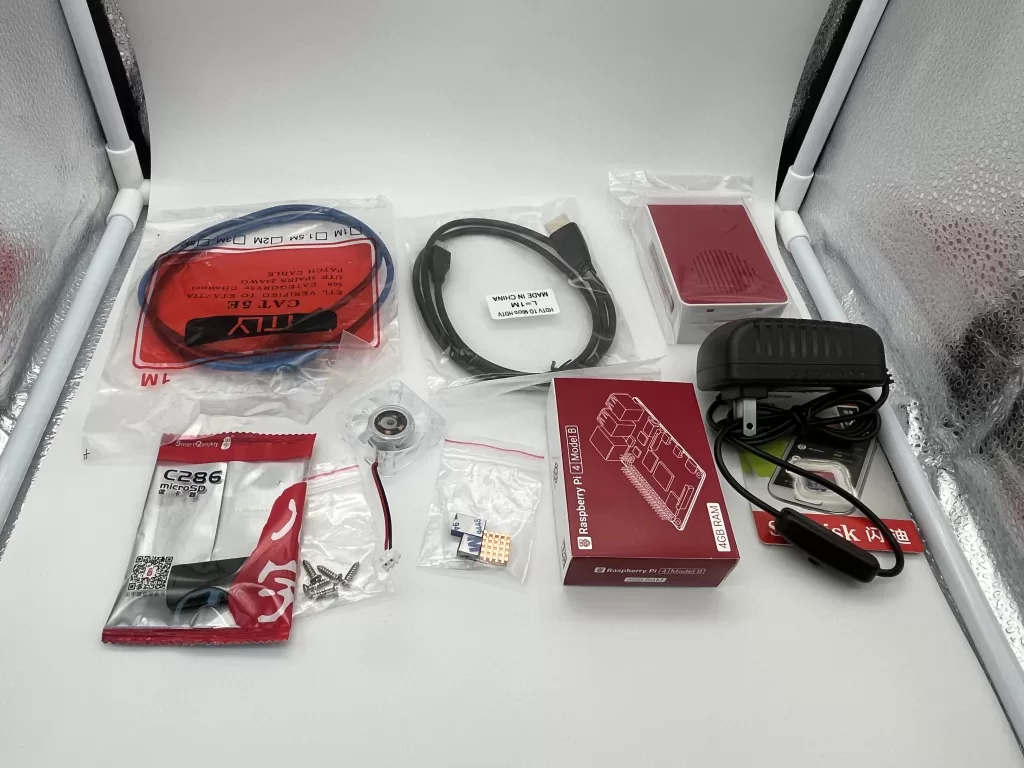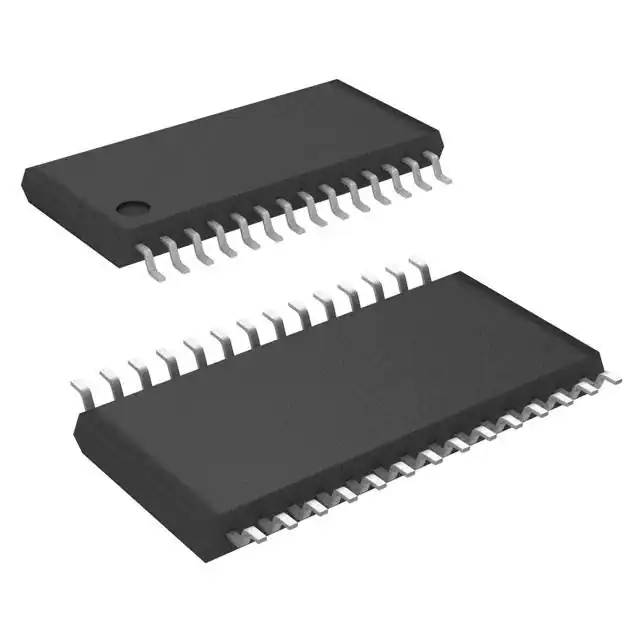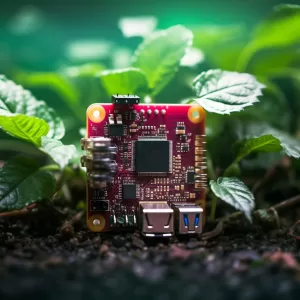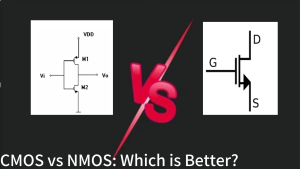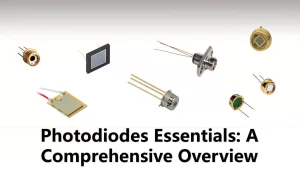The article aims to provide a comprehensive explanation of Digital Signal Processors (DSP) and Digital-to-Analog Converters (DAC), highlight their ...
View detailsComparison of Coaxial Connectors for RF Applications
In this blog, we will equip you with the knowledge to navigate the world of coaxial connectors, ensuring optimal performance for your RF applications.
What are Coaxial Connectors?

A Coaxial Connector, abbreviated as "coax connector," is a specialized socket or jack used to terminate coaxial wires. These cables, distinguished by a braided outer shield encircling a single inner conductor, are the ideal choice for transmitting RF signals. The coaxial construction reduces signal loss while protecting against electromagnetic interference (EMI), making it suited for high-frequency applications.
Coax connectors Functions
- Termination: They provide a safe and reliable connection point for the coaxial cable, ensuring that the signal is properly sent.
- Impedance Matching: They preserve the cable's typical impedance throughout the connection. Impedance measures the impedance to current flow at specific frequencies. Maintaining a constant impedance is critical for avoiding signal reflections and guaranteeing effective transmission.
How to do Coaxial Connectors?
Now that we understand their purpose, let's explore the different types of coaxial connectors available. Each type offers distinct advantages and caters to specific applications:
- BNC (Bayonet Neill-Concelman): This widely used connector has a bayonet locking mechanism for quick and secure connections. Typically found in laboratory equipment, test devices, and some antenna connectors.
- TNC (Threaded Neill-Concelman): TNC (Threaded Neill-Concelman) connectors provide a more robust connection than BNC due to their threaded coupling, making them appropriate for applications needing great vibration resistance, such as military and aerospace equipment.
- F-Type: The F-type connector is prevalent in the world of cable TV and satellite hookups. Its screw-on technique makes it simple to install for residential users, but it may not be ideal for high-performance applications.
- N-Type: N-Type connections, known for their sturdiness and weather tolerance, are widely utilized in outdoor applications such as satellite dishes and base stations. They require specialist tools for installation.
- SMA (SubMiniature A): SMA (SubMiniature A) connectors, as the name implies, are miniature versions of BNC connectors that are suited for applications requiring restricted space, such as microwave components and test equipment.
- RCA (Radio Corporation of America): Despite having a greater impedance than an RF connector, RCA connectors are nevertheless frequently utilized in consumer electronics for composite video and audio transmissions.
Understanding these basic types will empower you to choose the right connector for your project's needs.
How to Install a Coaxial Connector?
Tools:
- Coaxial cable stripper
- Coaxial crimper (for crimp-on connectors)
- Coaxial connector (appropriate for your application)
Steps:
- Prepare the Cable: Using the stripper, carefully remove a certain length of the coaxial cable's outer jacket, revealing the inner conductor and dielectric insulator. The exact stripping length can be found in the connector specs.
- Trim the Dielectric: Trim a small portion of the dielectric insulator with care, following the connector's instructions.
- Slide the Connector: Slide the connector body onto the prepared cable, making sure that the inner conductor is properly inserted into the center pin.
- Attach the connector: Depending on the connector type, you may need:
- Crimp: Use the crimper to compress the connector's ferrule around the cable's braid and dielectric to ensure a secure connection.
- Screw-On: Tighten the connector's screw mechanism to the cable's outer jacket.
- Snap-On: To attach certain connectors, simply snap the connector body to the supplied cable.
Video related to How to Install Coaxial Connector
How to Remove Coaxial Cable Connector?
- Disconnect the Cable: Remove the connector from the device it is connected to.
- Unscrew or Unsnap: To remove screw-on or snap-on connectors, simply unscrew the mechanism or release the snap lock.
- Release the Crimp (if applicable): If the connector is crimped, you'll probably require specialist tools to cut or break it without damaging the cable. To ensure optimal functioning, it is normally advised that the connector be replaced.
Safety Tip: When disconnecting connectors, avoid using excessive force or pliers, since this might harm the cable or connector itself.
How to Fix Coaxial Cable Connector on TV?
While replacing the entire cable may be the simplest approach, there are times when repairing a damaged connection on a coaxial cable connected to your TV may be feasible. However, this method necessitates considerable technical understanding and soldering ability. Here's a general overview (ask an expert if unsure):
- Identify the Damage: Check the connector for apparent evidence of damage, such as loose components, frayed wires, or rust.
- Gather Tools: You will need a soldering iron, solder, solder wick (to remove excess solder), wire cutters, and maybe a replacement connector (depending on the damage).
- Desolder Existing Connection: If the connector is soldered, carefully remove the existing solder with a soldering iron and wick.
- Prepare the Cable: To prepare the cable for a new connection, do steps 1-2 from the "How to Install a Coaxial Connector" section.
- Solder the New Connector (if applicable): If changing the connector, carefully solder the new connector to the prepared cable per the manufacturer's specifications.
- Reassemble and Test: Reassemble the connector to ensure a secure connection. Connect the cable to your TV and verify signal reception.
Important Note: Repairing a coaxial cable connector requires precise soldering techniques and might be sensitive. If you're not experienced in soldering or are unclear about the damage, you should consult an expert or replace the entire cable to ensure optimal functioning.
Where are Coaxial Connectors Used?
- Video and Television: Coaxial connections are commonly used to connect antennas, cable TV lines, and other video equipment.
- Radio Frequency (RF) applications: These connectors are vital for RF transmission in devices such as radios, satellite dishes, and test equipment because they can handle high frequencies while reducing signal loss.
- Computer Networks: Coaxial connectors, while less prevalent today, were previously commonly utilized in Ethernet networks with cables such as RG-58.
Conclusion
Coaxial connections are critical to the seamless transfer of RF signals across a wide range of applications. Understanding the various types, suitable installation techniques, and basic troubleshooting methods enables you to make educated judgments and maintain the highest signal quality in your RF projects. Using the information offered in this tutorial, you can easily navigate the world of coaxial connectors and ensure that your RF applications work properly.
Ella
Ella is a skilled embedded systems engineer with experience in PCB design and microcontroller programming. She is committed to following the most recent developments in the field and is constantly seeking for ways to apply them to her work.
WEW ALL POSTS BYElla-
DSP VS DAC: Understanding the Differences, Applications and Future 1505
-
Which GSM and GPS Module Is Better for Raspberry Pi 3? 153
In this blog, we'll explore the capabilities of the Raspberry Pi 3, and discuss its compatibility with GSM and GPS modules.
View details -
CMOS vs NMOS: Which is Better? 647
In this blog, we explore the ongoing debate between CMOS (Complementary Metal-Oxide-Semiconductor) and NMOS (N-type Metal-Oxide-Semiconductor) tech...
View details -
Unveiling AC Capacitor: What is an AC Capacitor and How Does It Work? 308
In many electrical systems, including air conditioners, AC capacitors are a crucial component. They are essential in maintaining voltage stability ...
View details -
What is BIOS (Basic Input/Output System)? 520
In this blog, the concepts, types, and working principles of BIOS will be explored to foster the understanding of BIOS.
View details -
Photodiodes Essentials: A Comprehensive Overview 196
In this blog, we will delve into the fundamentals of photodiodes, exploring their functionality, applications, and significance in modern technology.
View details
 Ampheo Electronics
Ampheo Electronics